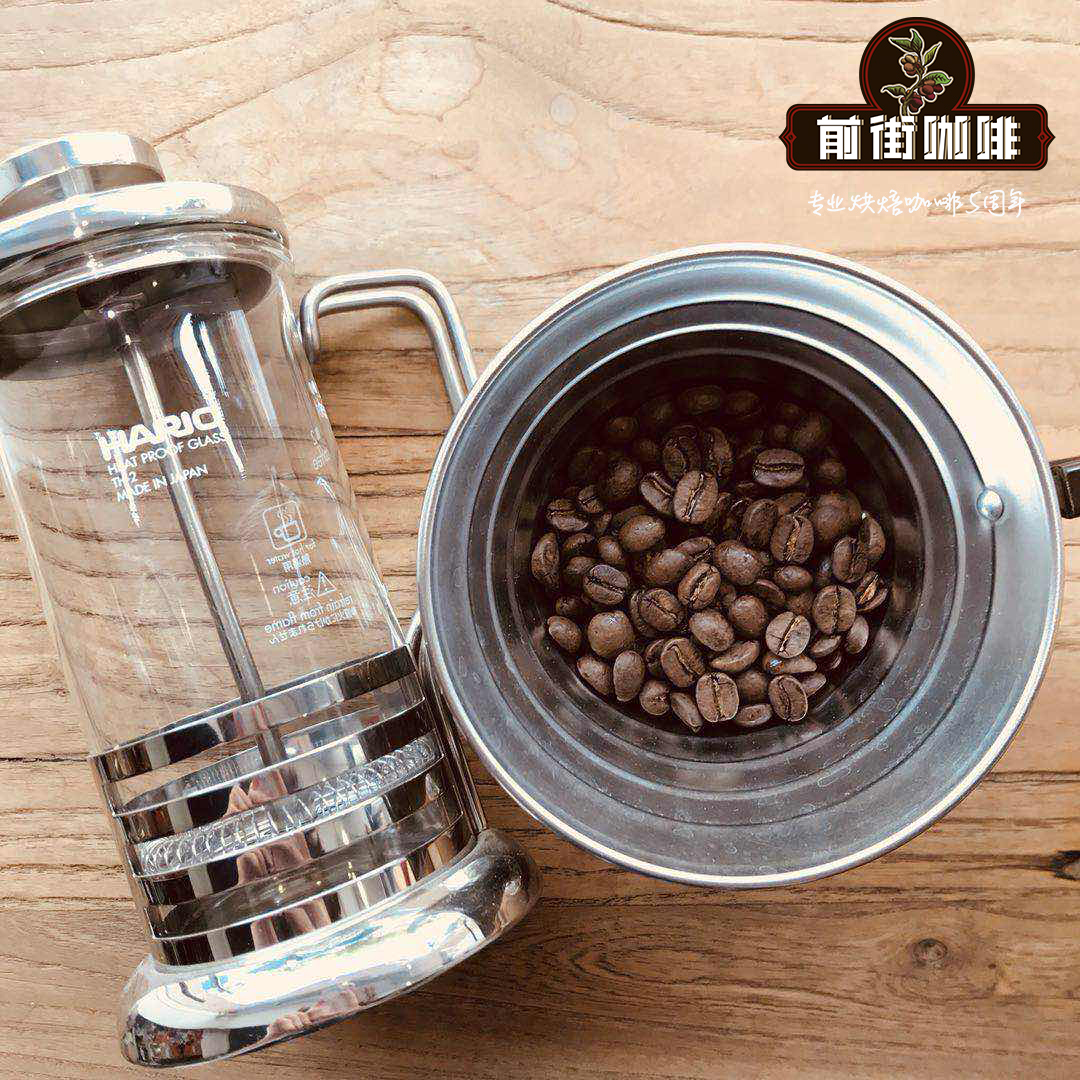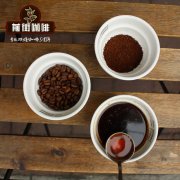Contemplative stories of coffee cultivation in Laos Coffee dao Coffee characteristics and Coffee Culture in Laos

Professional coffee knowledge exchange more coffee bean information please follow the coffee workshop (Wechat official account cafe_style)
The contemplative story of coffee cultivation in Laos Coffee dao Coffee characteristics and Coffee Culture Is the coffee good?
Laos is a region once colonized by France, and the coffee industry in Laos can be traced back to the French colonial era 100 years ago, when the French found that the soil of the Bolaven Plateau Plateau of Laos is rich in minerals and the plateau height provides an excellent environment for growing coffee trees, so the French introduced coffee planting technology and began to plant a large number of coffee trees here.
During World War II, the Borrofen Plateau fell into the baptism of war, and the French left Laos one after another. since then, the Borofen Plateau was caught in the plight of civil strife and external war, and the soil was also subjected to gunpowder cartridge casings. Not only that, but at that time, the communist government of Laos believed that coffee was the product of capitalism, which also led to a sharp decline in the cultivation and production of coffee in Laos.
In recent years, with the gradual opening up of the private industry by the Lao government, Laos coffee has gradually sprung up. Sinouk Sisombat, president of the Laos Coffee Association, sent samples of the first batch of beans harvested from Borophen plateau coffee to coffee research institutions in Montpellier in southern France for quality identification and recognition, which also made Laos coffee stand out in the market.
Second, Lao coffee culture and amorous feelings:
Laos coffee beans have become one of the country's important agricultural exports, and Arabica beans, which are difficult to breed, account for 1/3 of the output.
Laos coffee is mainly family-run small coffee farmers, and the production technology of coffee beans can be further improved; there are few large-scale coffee estates run by enterprises, and its coffee potential needs to be enhanced through cooperation between the government and the private sector, but its coffee flavor is mild and smooth. Appropriate acidity, is a good choice.
In Laos, coffee is grown almost entirely on the Brawan plateau of Bassai province in the south of the country; there is ample rainfall, cool temperatures and rich volcanic soil, more than 1300 meters above sea level, reaching 15 degrees latitude, there are perfect conditions for growing world-class coffee. Arabica coffee beans grown from the plateau are medium-bodied and combine aromas with citrus and floral aromas.
The communities that grow coffee in Laos include about 20,000 peasant families, 250 villages and several larger growing companies. Many minority communities and most peasant families earn their income from the harvest of coffee.
In 1915, France first planted coffee trees from Laos (a former French colony), but failed. In another coffee plant in 1917, Arabica and Robusta coffee trees were planted from the botanical garden in Saigon and a village in the northern part of his plateau, but failed again due to lack of care.
France finally succeeded in planting coffee trees in Laos in 1930, with an annual coffee harvest of 5000 tons. Twenty years later, most of the coffee trees on the plateau died of Frosts Descent and orange rust. Annual production fell to less than 1500 tons, so farmers began to plant disease-resistant robusta coffee trees to replace most Arabica bushes.
After the resumption of coffee production, but then as a result of the war, annual production fell again from 7000 tons to 3000 tons. With the end of the war and the relocation of many families, productivity on the plateau soared and coffee production resumed.
At present, the annual output of coffee in Laos is about 15-20000 tons, of which 80% is Robusta. Over the past 20 years, development agencies and the Lao Government have encouraged farmers to grow Arabica coffee trees on the plateau because their prices are about twice that of Robusta; as a result of this efforts, farmers' incomes have gradually increased.
Important Notice :
前街咖啡 FrontStreet Coffee has moved to new addredd:
FrontStreet Coffee Address: 315,Donghua East Road,GuangZhou
Tel:020 38364473
- Prev

How to evaluate the taste of Laos coffee? What is the unique flavor of Laos coffee? Whether it is good or not
Professional coffee knowledge exchange more coffee bean information please follow the coffee workshop (Wechat official account cafe_style) how to evaluate the quality of coffee in Laos? What is the unique flavor of Laos coffee? Is it good coffee? Coffee is Laos's fifth largest export. The Boloven Plateau (Bolaven Plateau), located in the south, is the largest coffee growing area in the country.
- Next

Honduran Coffee San Juan Cheeto Manor | creamy nutty style, full-bodied coffee experience
For more information about coffee beans, please follow the Coffee Workshop (official Wechat account cafe_style) Honduras Honduras 01 | production profile Honduras is located in the north of Central America, bordered by the Caribbean Sea to the north, the Gulf of Fonseca in the Pacific Ocean to the south, Nicaragua and El Salvador to the east and south, and Guatemala to the west, mostly by mountains and plateaus. It's tropical.
Related
- Detailed explanation of Jadeite planting Land in Panamanian Jadeite Manor introduction to the grading system of Jadeite competitive bidding, Red bid, Green bid and Rose Summer
- Story of Coffee planting in Brenka region of Costa Rica Stonehenge Manor anaerobic heavy honey treatment of flavor mouth
- What's on the barrel of Blue Mountain Coffee beans?
- Can American coffee also pull flowers? How to use hot American style to pull out a good-looking pattern?
- Can you make a cold extract with coffee beans? What is the right proportion for cold-extracted coffee formula?
- Indonesian PWN Gold Mandrine Coffee Origin Features Flavor How to Chong? Mandolin coffee is American.
- A brief introduction to the flavor characteristics of Brazilian yellow bourbon coffee beans
- What is the effect of different water quality on the flavor of cold-extracted coffee? What kind of water is best for brewing coffee?
- Why do you think of Rose Summer whenever you mention Panamanian coffee?
- Introduction to the characteristics of authentic blue mountain coffee bean producing areas? What is the CIB Coffee Authority in Jamaica?

